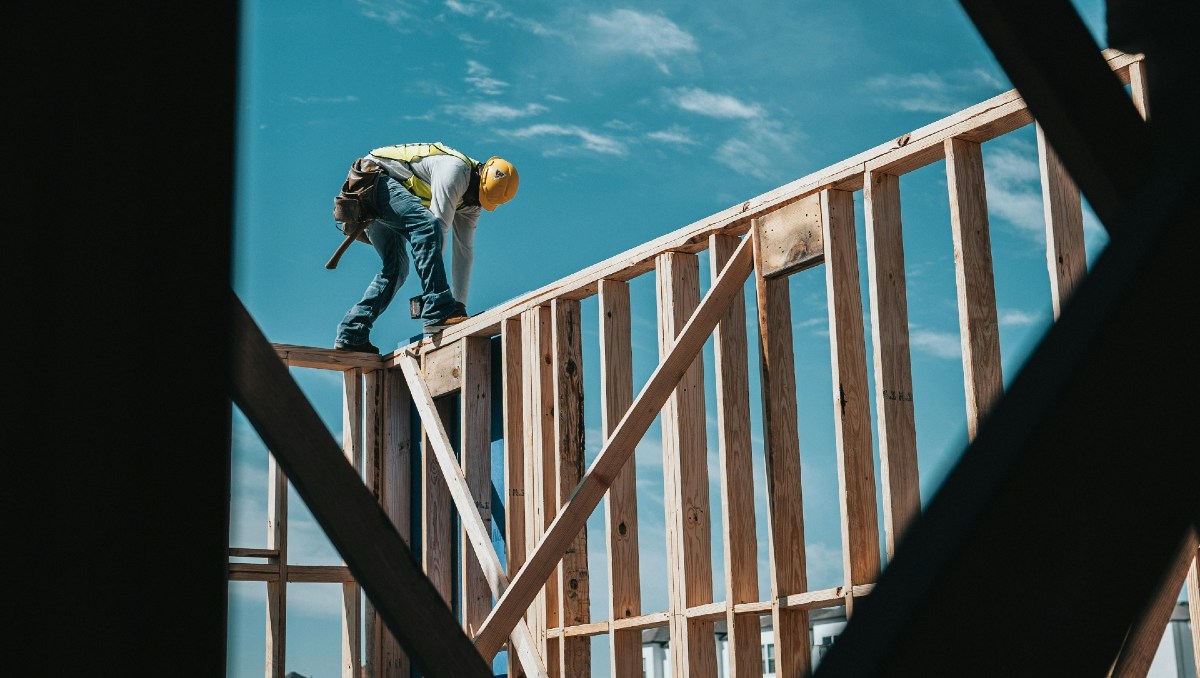The number of dwellings being completed in Australia remains well below pre-pandemic levels, contributing to the country’s current housing supply crisis.
A new CoreLogic report analysing the ongoing effects of the pandemic on Australia’s housing market predicts construction blowouts will likely worsen this year.
Unit construction projects now take an average 8.3 quarters from start to finish, or more than two years.
That’s six months more than the 6.3 quarters of building time before the pandemic began.
Townhouses take on average 4.1 quarters – just over a year – while new house constructions take 3.1 quarters to complete, or more than nine months.
The average house completion time before the pandemic was just over six months.
CoreLogic research director Tim Lawless said given the low number of completions to date, it’s likely the figures will “increase materially” over the coming year.
Pandemic legacy long term
On the fourth anniversary of Australia’s first COVID lockdown, the Property Pulse study said the legacy of the pandemic would be felt in the housing market for a long time yet.
Despite unprecedented housing demand, a supply response is yet to be seen, the report found.
It noted more than 138,000 HomeBuilder grants were awarded between June 2020 and March 2021 with a total value of $2.52 billion dollars.
The figures greatly exceeded Treasury’s initial forecasts – they were 411% higher in number while the monetary value blew out by 275%.
Despite the surge in approvals and building commencements during the HomeBuilder program, the number of dwellings completed remains well below pre-pandemic levels.
Construction costs have also increased by around 27% since March 2020, the study noted.
The combination of “overheated” demand, cost blowouts, supply chain issues, and material and labour shortages eroded profitability in the residential construction sector, sending many builders into administration.
The report found residential construction costs spiked dramatically during the HomeBuilder period but have since declined sharply, as illustrated below:
Source: CoreLogic
Skyrocketing property values
The pandemic also saw national property values soar more than 30% after initially dipping by 1.7% in the first four months of lockdowns.
This was against a backdrop of forecasts of up to 30% falls in values at the time.
Of the capital cities, Greater Melbourne saw the only notable retreat in property values in the four years since March 2020, but only in 4% of suburbs.
Adelaide, Perth, and Brisbane saw the greatest gains with between 7-8% of suburbs recording price growth of more than 75%.
Adelaide and Perth saw some suburbs more than double in price over the past four years.
In the rental market, median rents have surged by almost a third since the onset of the pandemic compared to a 4.6% rise in the four years prior to COVID.
Image by Josh Olalde on Unsplash

Ready, Set, Buy!
Learn everything you need to know about buying property – from choosing the right property and home loan, to the purchasing process, tips to save money and more!
With bonus Q&A sheet and Crossword!

